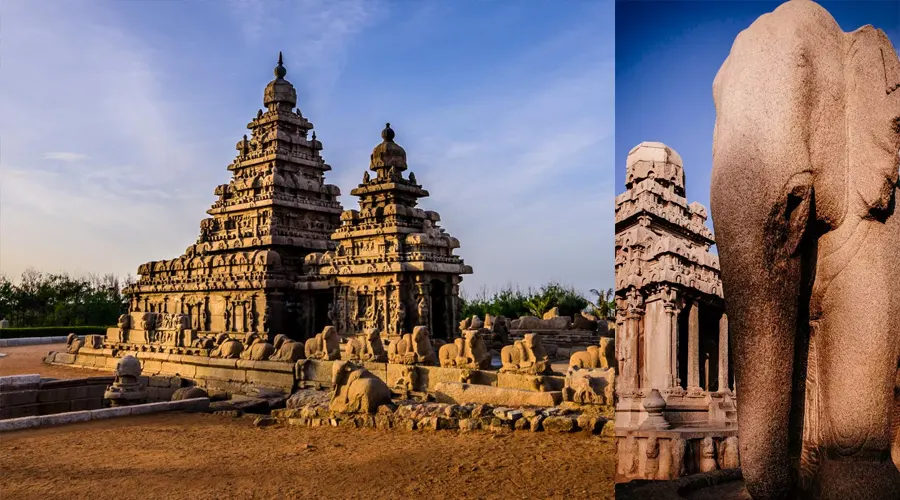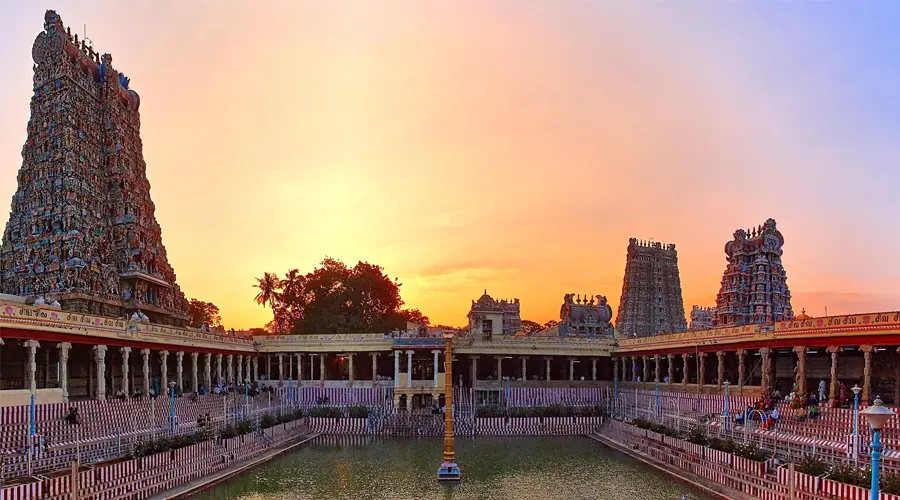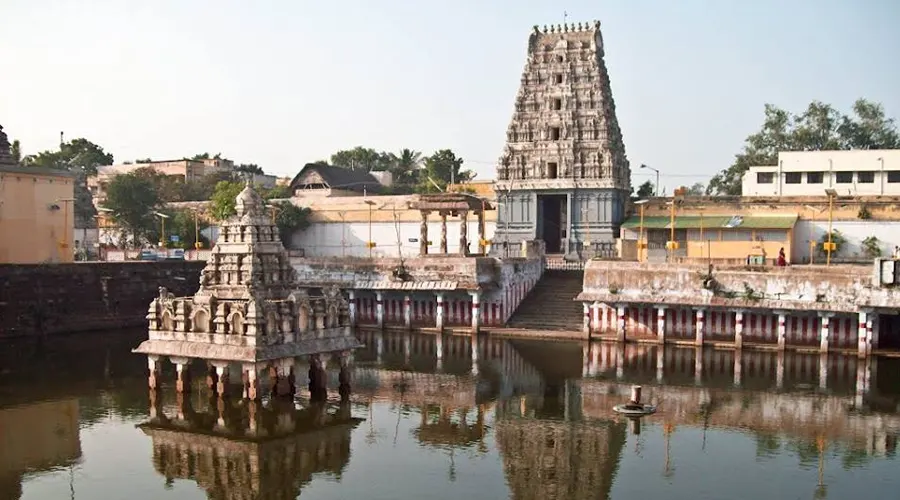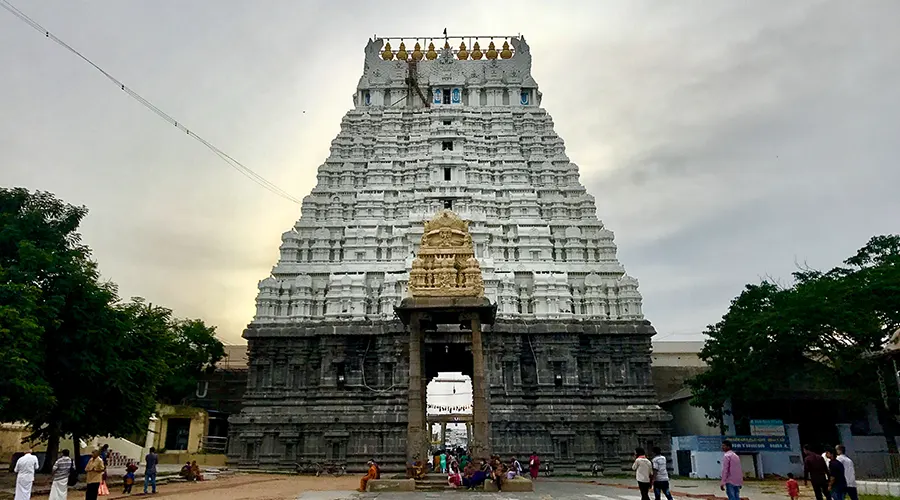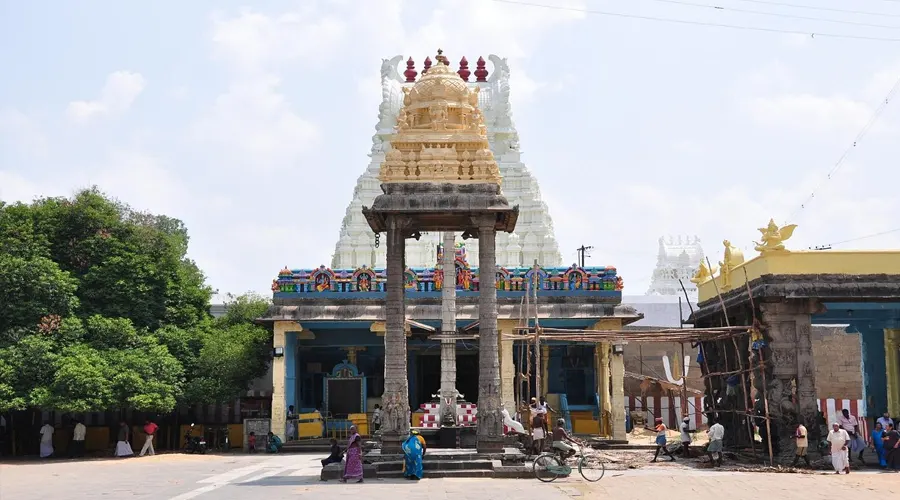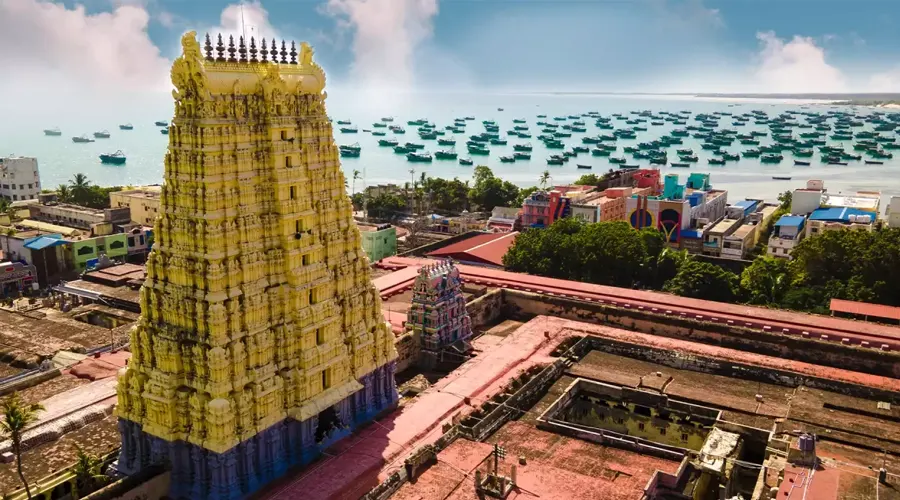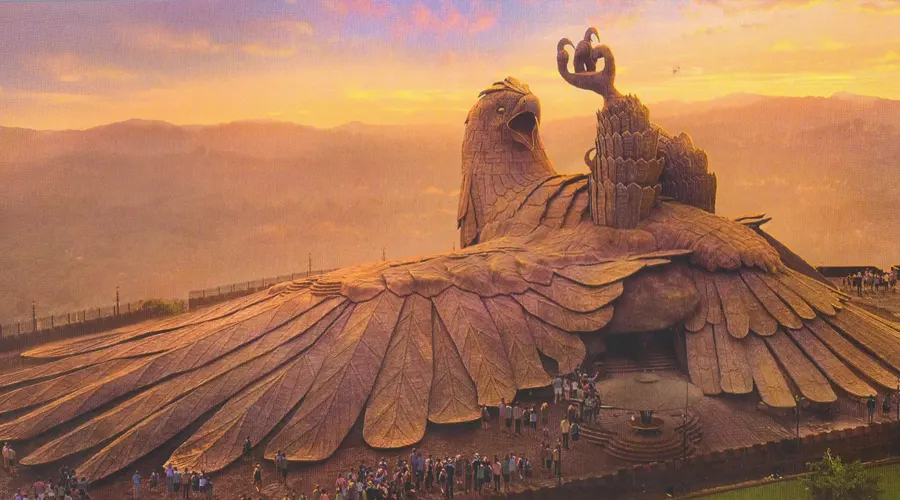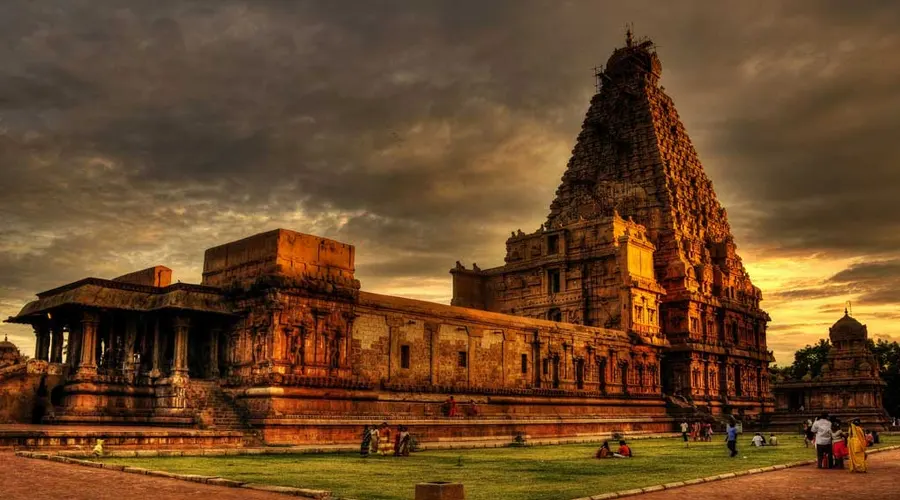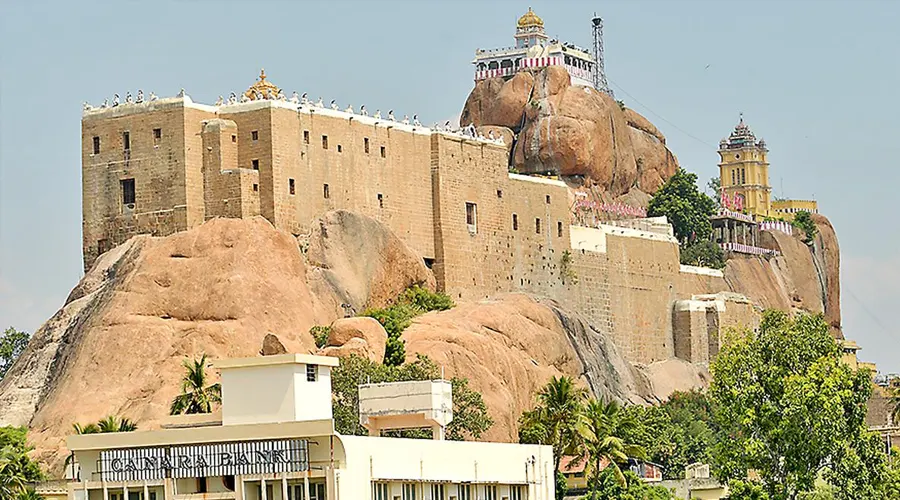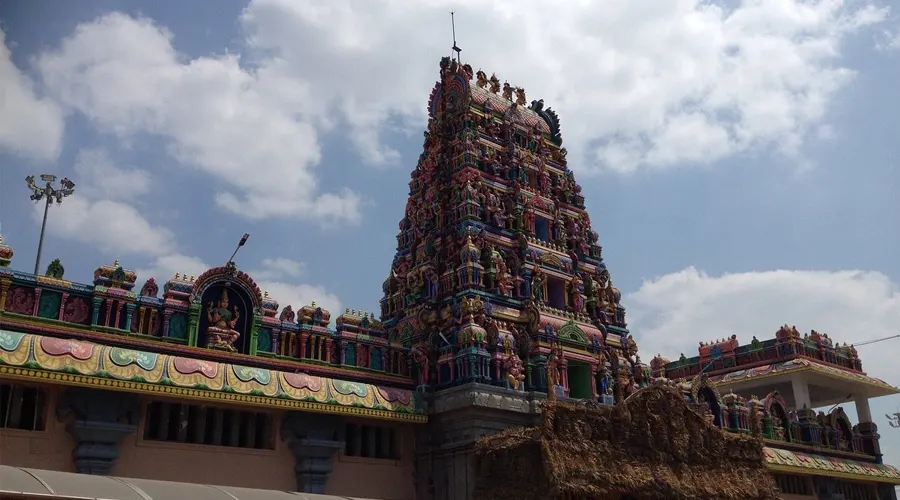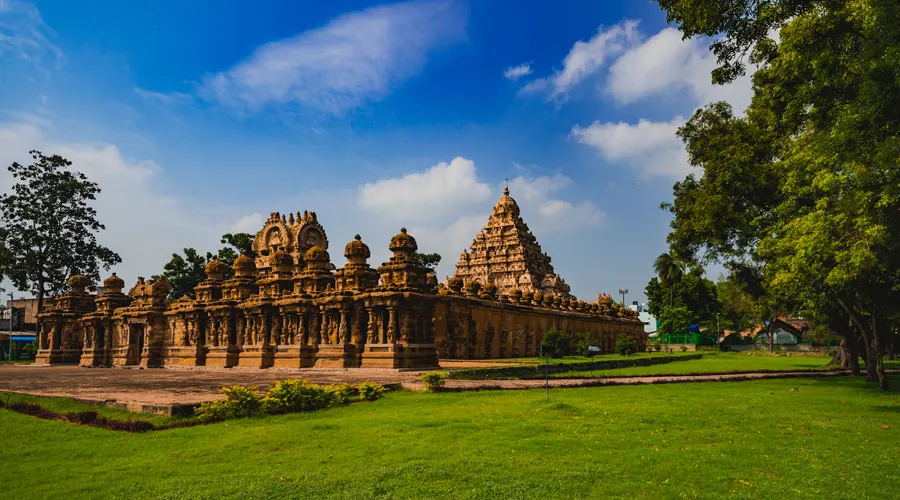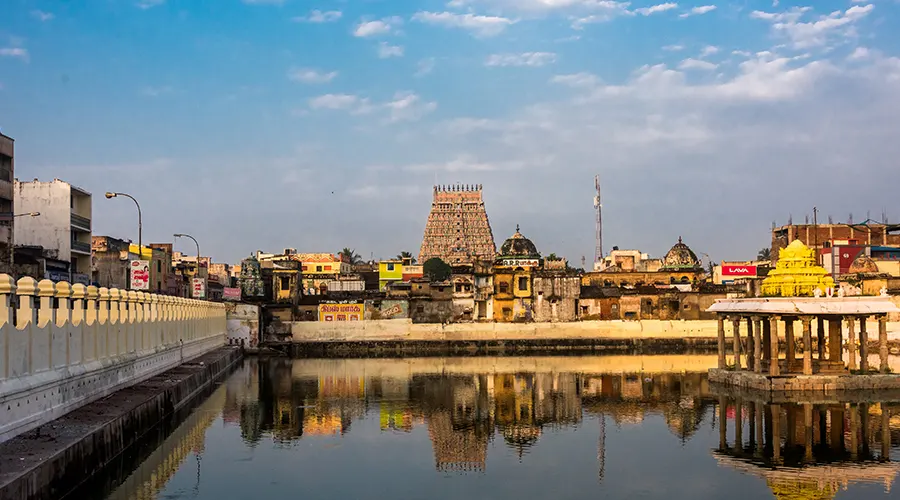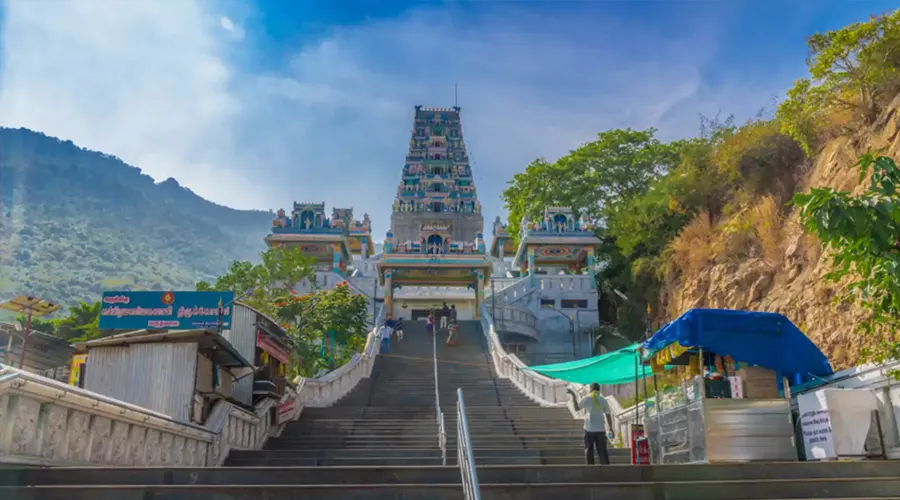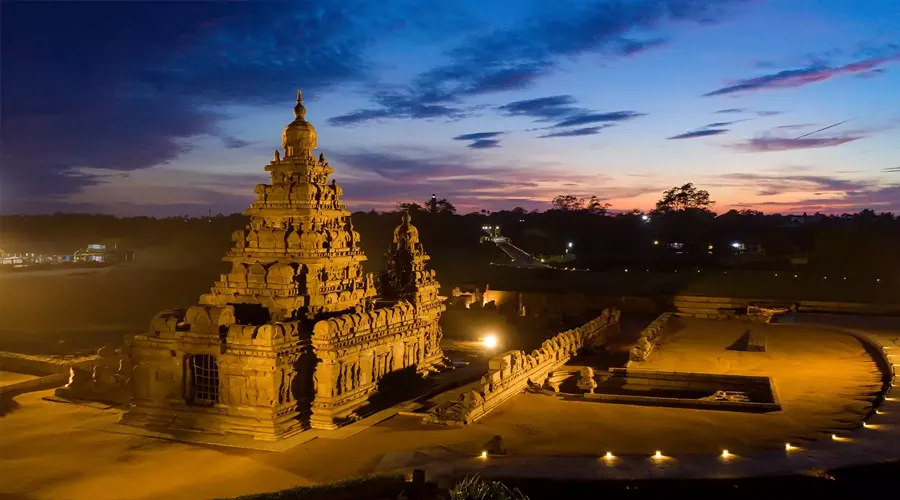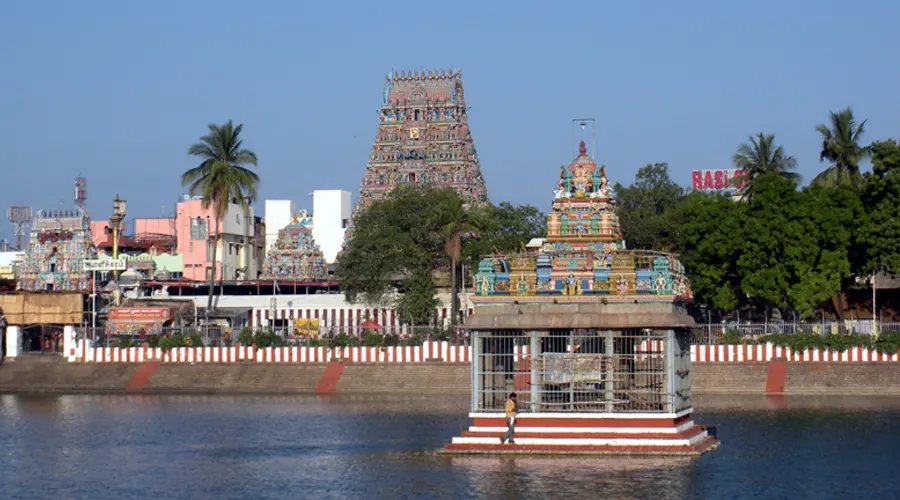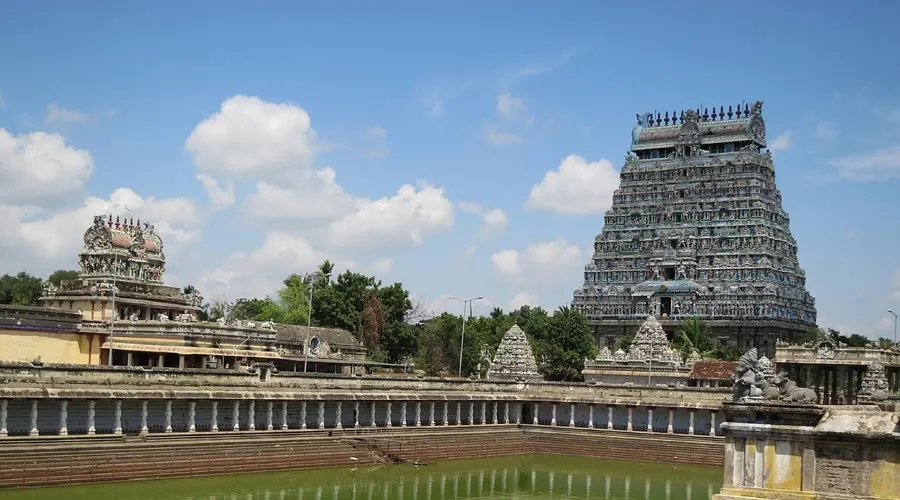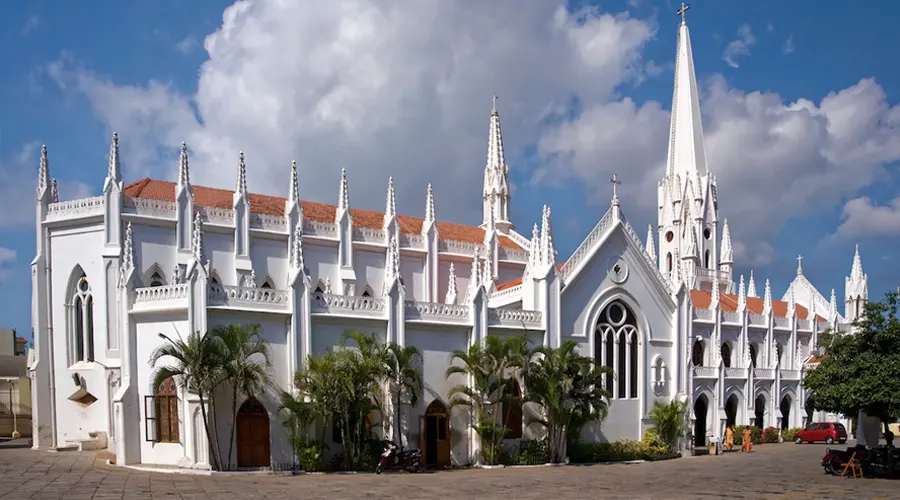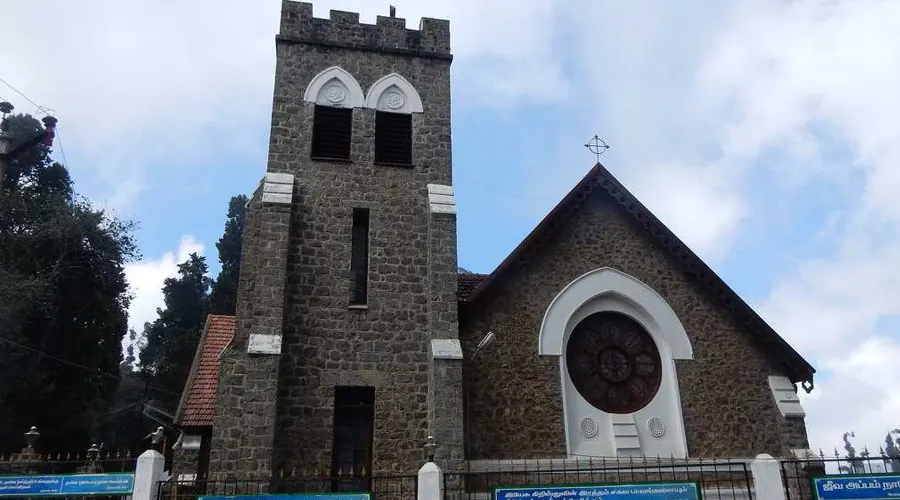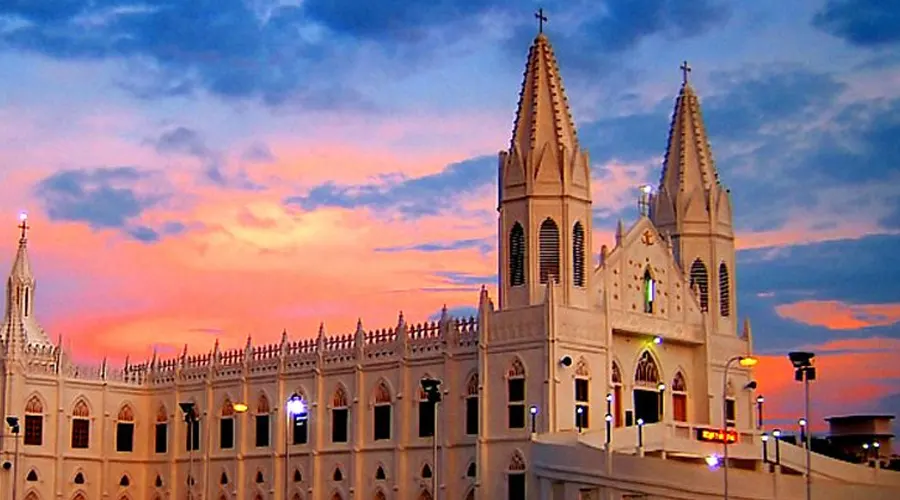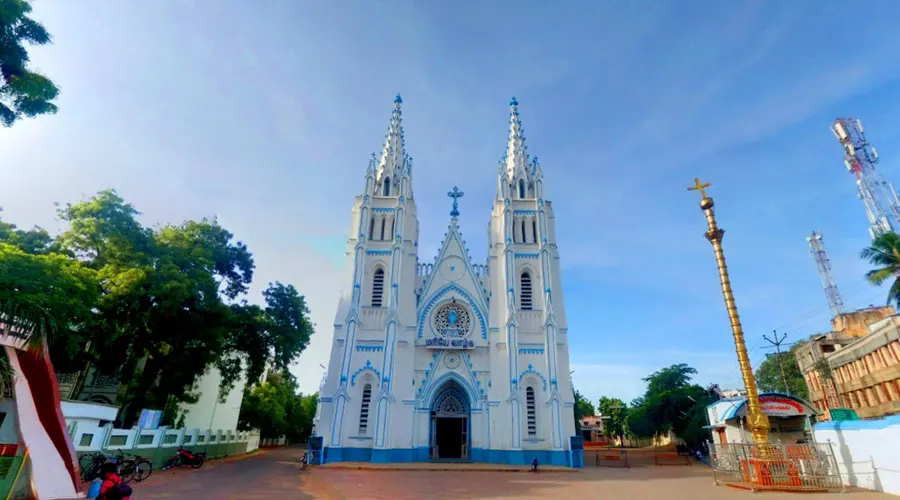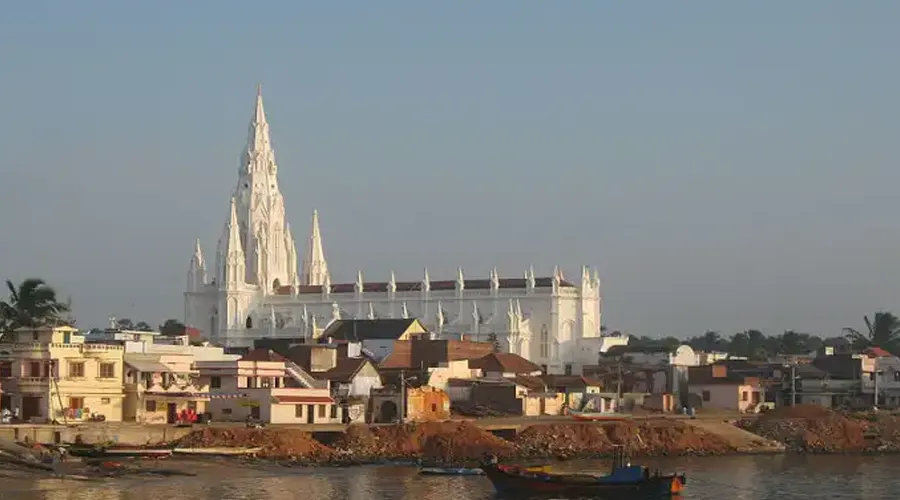Group Of Monuments At Mahabalipuram
A collection of nearly 400 ancient religious monuments is termed a Group of Monuments at the Mahabalipuram. This cluster of historical monuments in Tamil Nadu also appears in the list of UNESCO’s World Heritage Sites. The monuments were carved out of rocks along the Coromandel Coast. Praiseworthy features add to the architectural grandeur of the monuments, which are mainly mandapas, rathas, the temple of Rivage, and massive open-air reliefs. The monuments artistically feature prehistoric architectural brilliance.
History of Group of Monuments at Mahabalipuram
Mahabalipuram or Mamallapuram was the capital region during the reign of Pallava Dynasty in the 7th century AD. The Pallavas rulers used to hold the ultimate command in the southern part of India, after the decline of Gupta Dynasty.
Pallava rulers were popular for their inclination towards Tamilian art and culture. The power and creativity was at its peak during the kingdom of Narasimha Varman-I and Narasimha Varman-II. The renowned Shore Temple and other temple complexes and rock carved caves were built during this period.
The tourist attractions incorporate descent of Ganges, structural temples like the Shore Temple and Olakkanesvara Temple, Mantapas or cave temples like Mahishasurmardini Cave Temple, Krishna Cave Temple, Panchpandava Cave Temple and Varah Cave Temple.
Architecture of Group of Monuments at Mahabalipuram
The temples that are in the shape of a chariot are also known as Panch Rathas Temples. The list of Panch Rathas Temples in Mahabalipuram comprises Ganesha Ratha, Dharmaraja Ratha, Draupadi Ratha, Arjun Ratha, Nakula- Sehdeva Ratha and Bheema Ratha.
This place has a number of names, such as Mamallapuram, Mahamallapuram, Mallapuram and Mavalipuram. The sailors from Europe named Mahabalipuram as the Land of Seven Pagodas because of the seven pinnacles or stupas of its temples.
The Group of Monuments at Mahabalipuram are:
Shore Temple
The Shore Temples was built in the 7th century, during the reign of Rajasimha. The temple depicts the peak of Pallava art. These temples are refreshingly orderly, unlike later grandiose Dravidian architectures. The designs are simple and innovative but the beauty shines through. The temple with its beautiful polygonal dome enshrines Lord Vishnu and Shiva. These beautiful temples, ravaged by wind and sea have been declared world heritage by UNESCO.
'Ratha' Cave Temple
The magnificent 'Ratha' cave temples were built by the Pallava king Narsimha in the 7th and 8th centuries. The beauty of the rock-cut sculpture of the temple is reflective of the inventive tastes of the Pallava rulers. The monument is known especially for its Rathas. Rathas is a simple word that means temples in the form of chariots, mandapas (cave sanctuaries), and giant open-air reliefs. The famous sculptures of the temple are 'Descent of the Ganges', and the Temple of Rivage, with thousands of sculptures to the glory of Shiva.
There are eight rathas at Mahabalipuram, out of which five are named after the 'Pandavas' (five brothers) of Mahabharata and one after Draupadi. The five rathas that can be seen are Dharmaraja Ratha, Bhima Ratha, Arjuna Ratha, Draupadi Ratha, and Nakul Sahadev Ratha.
These Ratha temples are constructed in the style of the Buddhist viharas and chaityas. The unfinished three-storey Dharmaraja Ratha is the largest. The Draupadi Ratha is the smallest, it is one-storeyed and has an interesting thatch-like roof. The Arjuna and Draupadi rathas are dedicated to Shiva and Durga respectively.

